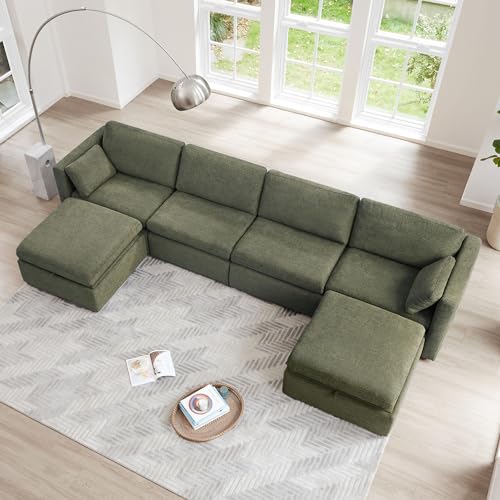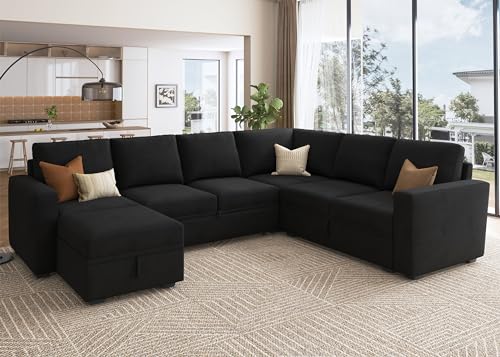5 Killer Quora Answers On What Are U Shaped Valleys
페이지 정보
작성자 Arturo 작성일 25-02-08 22:19 조회 9회 댓글 0건본문
 What Are U Shaped Valleys?
What Are U Shaped Valleys? A u shape settee-shaped valley is an geological formation with steep, high sides and a flat or rounded valley bottom. These valleys are formed by glaciation. They usually contain lakes or rivers, What Are U Shaped Valleys sandtraps along a golf courses, kettle lakes (water hazards), or other natural features.
A u shape settee-shaped valley is an geological formation with steep, high sides and a flat or rounded valley bottom. These valleys are formed by glaciation. They usually contain lakes or rivers, What Are U Shaped Valleys sandtraps along a golf courses, kettle lakes (water hazards), or other natural features.Glacial erosion causes U-shaped valleys when rocks are ripped from the bottom and side of the valley. These valleys are found in mountainous regions across the globe.
They are formed by glaciers.
Glaciers are huge bodies of ice that form and move down mountains. As they degrade, they create U shape valleys with flat floors and steep sides. These valleys are distinct from river valleys that are usually shaped in the shape of a V. Although glacial erosion can take place everywhere, these valleys tend to be more prevalent in mountainous areas. They are so distinctive that you can tell if the landscape has been shaped by glaciers or rivers.
The formation of a U shaped valley begins by creating an V shaped river valley. As the glacier erodes and encroaches on the V-shaped valley of the river and creates an U-shaped inverted form. The ice also scratches the land's surface creating straight and high walls on the sides of valley. This process is known as glaciation, and it takes the use of a lot of force to scour earth in this way.
As the glacier continues to degrade the landscape, it makes the valley more and more wide. The ice is less frictional than the rocks. As the glacier moves through the valley, it creates abrasion on the rock surfaces and pulls the weakend rocks away from the valley walls in a process referred to as plucking. These processes combine to broaden, deepen and smooth the U-shaped valley.
This also causes small valleys to "hang over the main one. This valley is sometimes filled with ribbon lakes, that are formed by the rushing of water through the glacier. The valley is also distinguished with striations, ruts and till on the sides as well as moraines and till on the floor.
U-shaped valleys are found everywhere in the world. They are typically located in mountainous regions, such as the Andes Mountains, Alps Mountains, Himalaya Mountains, Caucasus Mountains, and Rocky Mountains. In the United States, they are usually found in national parks. Examples include Glacier National Park and the Nant Ffrancon Valley in Wales. In some cases valleys can extend to coastal areas and become fjords. This is a natural phenomenon that occurs when the glacier melts. It can take thousands of years to create these valleys.
They are deep
U-shaped valleys are characterized by steep sides that curve at the bottom, and a wide flat valley floor. They are formed by river valleys that have been filled by glaciers during the ice age. The glaciers erode the valley's floor through abrasion and plucking and cause the valley to grow deeper and broaden more evenly than a river would. These features are found around the globe in mountainous regions which include the Andes, Alps, Himalayas, Rocky Mountains, and New Zealand.
The erosion of the glacier in the valley could transform it into a U-shaped valley, by enlarging and deepening it. The force of erosion from the glacier can also create smaller side valleys, which are often identified by waterfalls, to float above the main valley. These features are called "hanging valleys" because they hang above the main valley as the glacier recedes.
These valleys are typically covered by forests, and can contain lakes. Some valleys can be used for farming while others are flooded. Many of these valleys are located in Alaska, where the glacial melt is the most evident.
Valley glaciers are huge u shaped sectional flowing ice like rivers that slowly creep down the slopes of mountains during a glacier. They can extend to depths of over 1000 feet, and are the most prevalent form of valley erosion in regions of alpine. They consume the rocks at the bottom of the valley leaving the valley with holes or depressions that are then filled with water. The lakes that result are wide and long and are found on the peaks of certain mountains.
A glacial trough is yet another kind of valley. It is an U form valley that extends out into the salt water to form an Fjord. These are typical in Norway and are referred to as fjords, but are also found in other regions of the world. They are created by melting ice and can be seen on maps of the world. They are characterized by their steep sides and round sides that form the U-shape. The walls of troughs are usually made from granite.
The slopes are steep
A U-shaped valley is an important geological feature that has steep sides, high sides and a rounded bottom. They are quite common in mountainous regions and are usually formed by glaciers. It is because glaciers slow downhill and scour the land. Scientists used to believe that glaciers wouldn't be able to carve valleys because they were so soft. But now, we know they are able to.
Glaciers create unique u shaped sectional with pull out bed-shaped valleys as a result of the processes of abrasion and plucked. These processes widen, increase the slope and deepen V-shaped river valleys to an U shape by eroding. The slopes of the valley bottom are also altered. These changes occur at the front of the glacier as it is pushed into the valley. This is the reason why a U shape valley is usually larger at the top than at the bottom.
u shaped couch bed-shaped valleys can be filled with lakes. These kettle lakes form in hollows caused by erosion of the glacier, or blocked by the moraine. The lake can be a temporary feature while the glacier melts or remains when the glacier recedes. They are usually found in conjunction with cirques.
A flat-floored Valley is another type of valley. It is a type of valley created by streams that degrade the soil, but it isn't the same steep slope as an U-shaped valley. They are usually located in mountainous areas and are often older than other types of valleys.
There are many different types of valleys around the world, and each has a distinct appearance. The most well-known kind of valley is the V-shaped one, however there are some rift valleys that are U-shaped as well as. A Rift valley develops in places where crust of the earth is separating. These are usually narrow valleys that have steep sides. The Nant Ffrancon valley in Snowdonia, Wales is a good example of this.
They are broad
In contrast to V-shaped valleys U-shaped valleys have broad bases. Glaciers are the primary cause of these valleys, which are typically found in mountain ranges. Glaciers are huge blocks of snow and ice that degrade the landscape as they slide downhill. They erode valleys through friction and the abrasion. This process is known as the scouring. The glaciers degrade the landscape in a distinctive U-shaped design. These valleys, also known as U-shaped valleys, can be found in a variety of places around the world.
These valleys form when glaciers degrade valleys of rivers. The glacier's slow motion and weight erodes the valley's sides and floor and creates a distinctive U shape. This process, referred to as glacial erosive erosion, has resulted in some of the most stunning landscapes on Earth.
These valleys are often called glacial troughs or trough valleys. They are common throughout the world, particularly in areas that have glaciers and mountains. They range in dimensions from a few meters to several hundred kilometers. They also can vary in depth and length. The deeper the valley, the greater the variation of temperature will be.
A fjord, or a ribbon lake is formed when a U-shaped valley is filled with water. The ribbon lakes are formed in the depressions where the glacier eroded the rock with less resistance. They also can be formed in valleys where the glacier was stopped by a moraine wall.
In addition to U-shaped valleys, ribbon lakes can also be filled with glacial features like hanging valleys, erratics, and moraine dams. Erratics, or huge boulders, are deposited by glaciers as the latter moves. The erratics are frequently used to define the boundaries of glaciated areas.
Hanging valleys are smaller side valleys suspended above the main valley that was created by the glacier. These valleys are not as ice-filled and aren't as deep. These valleys are cut by tributary ice and are typically covered by waterfalls.
- 이전글See What Kids Bunk Bed With Stairs Tricks The Celebs Are Using
- 다음글The People Closest To Buy C1 Certificate Tell You Some Big Secrets
댓글목록
등록된 댓글이 없습니다.


